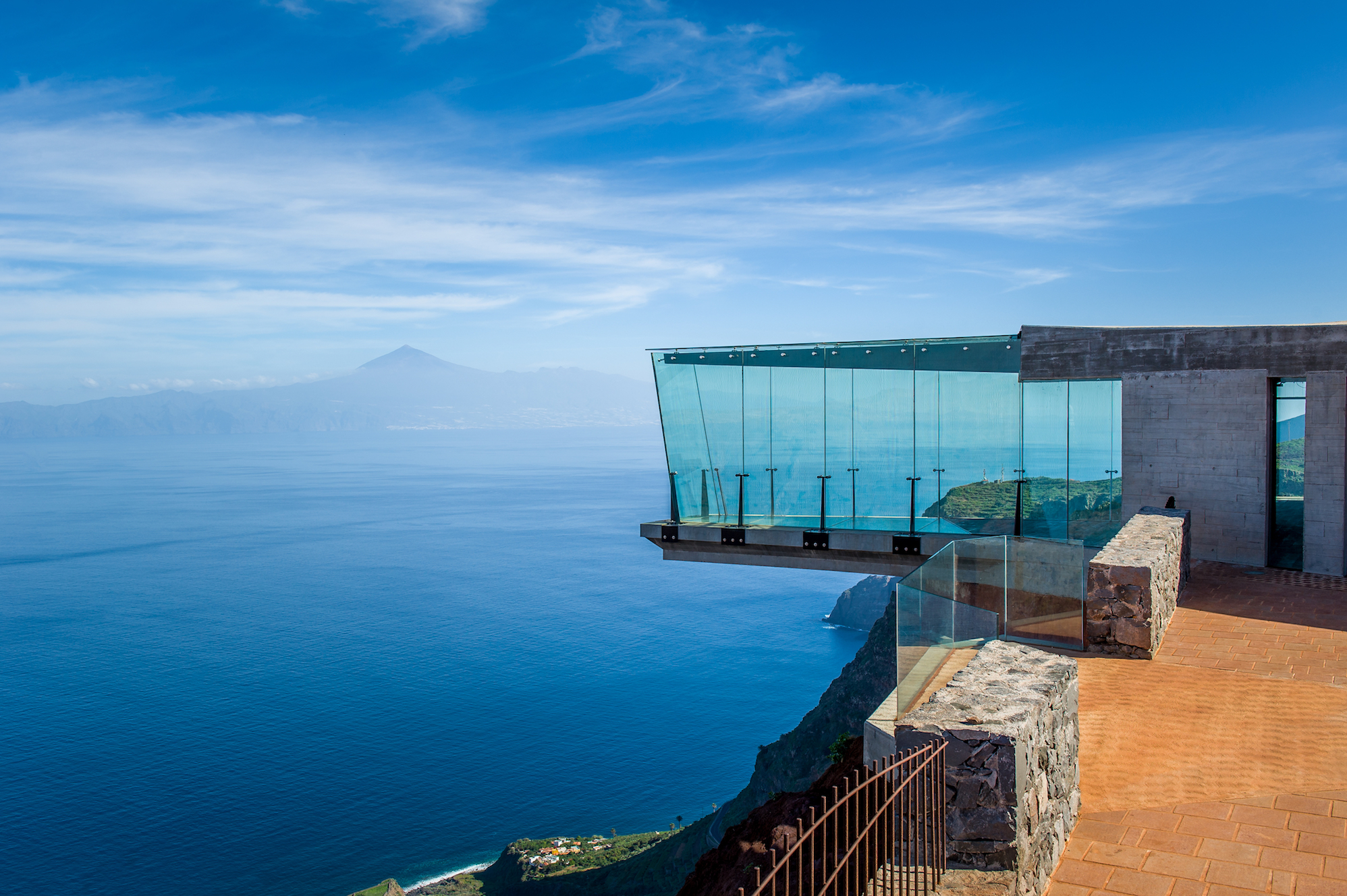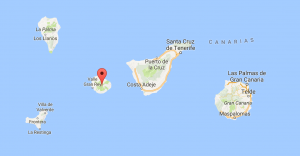 La Gomera is an almost perfectly circular island in the Canary Islands (see right).
La Gomera is an almost perfectly circular island in the Canary Islands (see right).
If you’ve never seen photos of La Gomero then you have been missing out; this small island has everything from sandy coasts to deep ravines to laurel forests and volcanic mountains.
There are some beautiful hiking trails and if you’re planning to walk them then be sure to stop by the following five viewpoints (Mirador comes from the Spanish word mirar ‘to look’).
Each one has its own special charm and will leave even the most well-travelled sightseer impressed.
To get to La Gomero, fly to Tenerife and take a short 50 minute ferry ride or 30-minute connecting flight.
Mirador de Abrante in Agulo

Mirador de Abrante is perched on a clifftop and the glass observation deck provides visitors with breathtaking views over the Atlantic Ocean and the three town centres below: El Charco, Las Casas and La Montañeta. On clear days, the island of Tenerife can be seen bordering the horizon, capped by its highest volcano, and the highest in Spain, Mount Teide. Mirador de Abrante also has a gastrobar, so you can take in the views while tasting Canarian-inspired international cuisine.
Alto de Garajonay in the Garajonay National Park
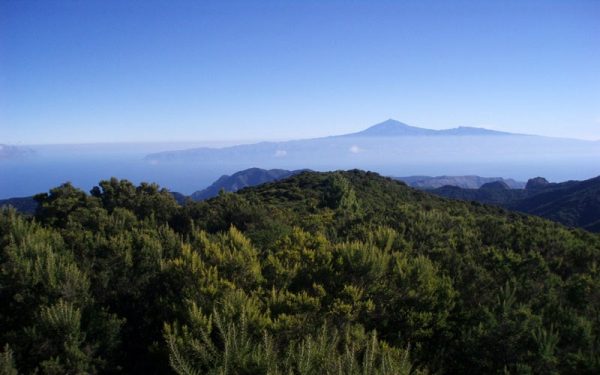
Alto de Garajonay is the highest point of La Gomera at an altitude of 1,487 m. With a 360-degree view, it allows you to see almost the entire island on clear days, as well as the islands of La Palma, El Hierro, Tenerife and Gran Canaria. In the summer, usually in the evening, you can even see unforgettable views of the ‘mar de nubes’, which literally translates as a ‘sea of clouds’. What’s more, there are many archaeological treasures to be found here as it was once an ancient site of worship for the pre-Spanish inhabitants. These original settlers would choose the island’s highest points as symbolic sites, as indicated by the various remains that have been found in the area.
Mirador del Palmarejo
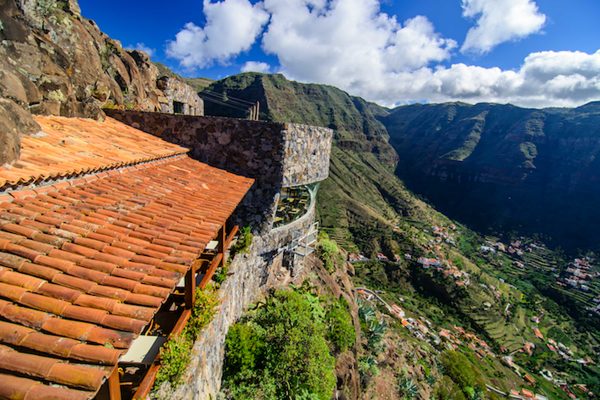
From this vantage point in Western La Gomera, you will find picture-perfect views of Valle Gran Rey’s imposing rock walls, terraced hillsides, lush palm groves and pastel-coloured houses — all of which contribute to the valley’s classification as a rural park and La Gomera’s status as a UNESCO Biosphere Reserve. This viewpoint is also known as the César Manrique viewpoint, named after the famous Canarian architect who designed it. The building blends in amongst the rocky terrain and the surrounding gardens bloom with many native plants of the valley, such as Canary palm trees from which palm syrup is obtained.
Mirador Morro de Agando
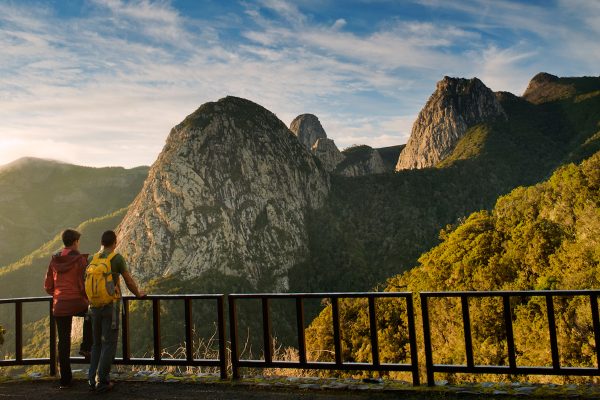
From this viewpoint, accessible via a picturesque wooden bridge, you will find yourself surrounded by three protected natural areas: Garajonay National Park, the Monument of Los Roques and the Natural Reserve of Benchijigua. Without a doubt, the main hallmark is the Roque de Agando, the most prominent formation of a group of volcanic plugs near the centre of the island. This giant stone pillar thrusts its peak 1,246 metres into the sky—the result of an old volcanic vent exposed to millions of years of erosion. From here, you can see the different microclimates of La Gomera by observing the different types of vegetation on each side of the viewpoint. Keep an eye out for a particularly impressive display of violet flowers known as “tajinaste”, which are endemic to the Canaries.
Mirador de Igualero

Mirador de Igualero is on the southern part of the island and overlooks a wide area of the protected landscape of Orone. This stunning viewpoint offers panoramic views from the summit to the sea with the silhouette of the islands La Palma and El Hierro set on the horizon.

